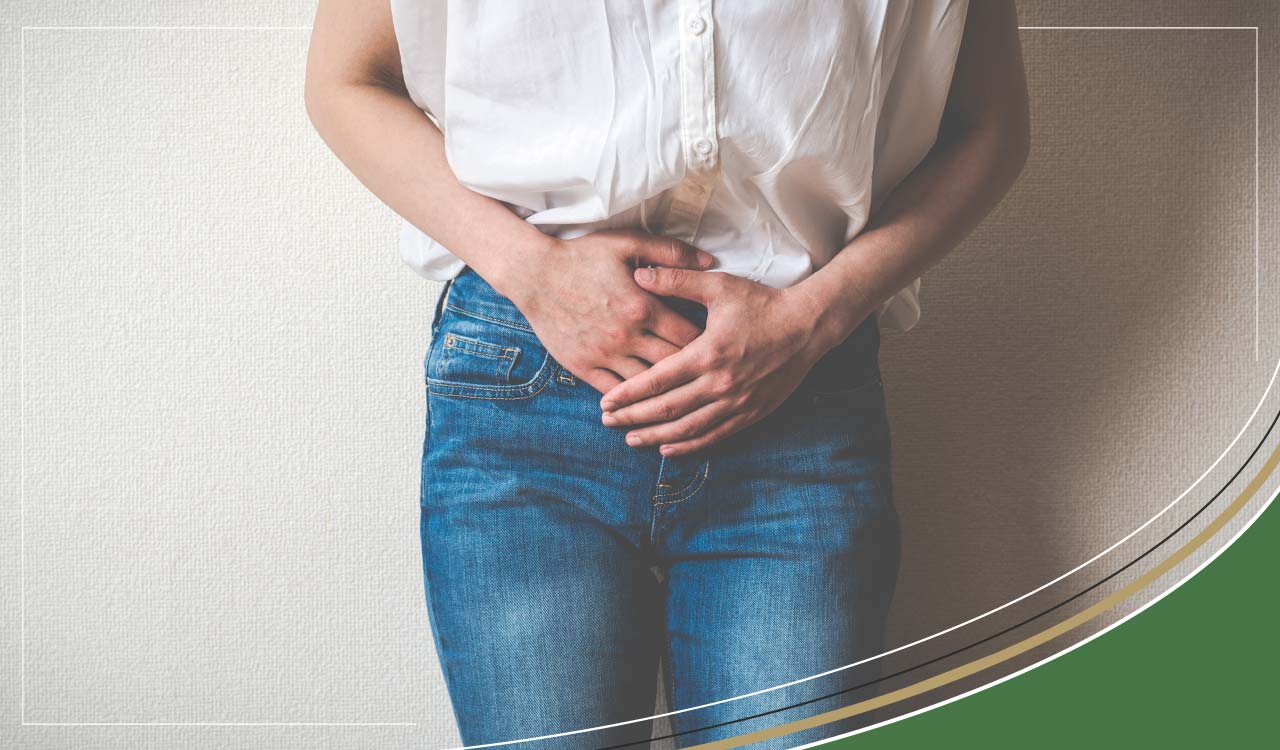Honeymoon Cystitis

Synonyms: Honeymoon Disease, Honeymoon Syndrome, Honeymoon Infection, Cystitis, Bladder Infection, Urinary Tract Infection
Honeymoon Cystitis is the name euphemistically given to the type of Cystitis that starts when a couple first begin an intimate relationship, or recommence after a long period of abstinence. It affects women almost exclusively and can occur at any age.
As with any type of urinary tract infection, Honeymoon Cystitis is generally caused by bacteria. Additionally, the spontaneous nature of sex often takes place in the absence of appropriate hygienic precautions.
Some people have never heard of cystitis or urinary tract infections, and they never will. For others, bacteria can enter the female urethra where they can easily traverse into the bladder.
When the bacteria enter the urinary tract, they adapt to their new environment, feed on the nutrients in the urine, attach to the lining of the bladder and release toxins that cause inflammation. This may also expose the deeper layers of the bladder epithelium.
Symptoms
Patients with Honemoon Cystitis present with the same symptoms as Cystitis. It is most prevelant in women in their 20s and is triggered by coitus, either for the first time, or after a prolonged period of abstinence. It is thought the increased agitation drives E. coli into the bladder where they multiply, which is why many Doctors recommend urinating immediately afterwards.
Bacterial Causes
Common infection causing bacteria are E. coli, Klebsiella, Enterococcus, Streptococcus and Citrobacter. These are bacteria that normally live harmlessly in the gut. Although they are thought to be 'good bacteria' in the gut, contamination of the skin, of either partner, around the perineum can give rise to infection.
The pain caused by the opportunistic bacteria can be excruciating. If the infection is not dealt with swiftly it can spread upwards towards the kidneys and cause much more serious infection. Even if a kidney infection is avoided, bacteria can become deeply embedded in the lining of the bladder where they build biofilms and cause a cycle of recurring infections.
Most Common Cause
The major cause of Honeymoon Cystitis is the E. coli strain of bacteria which thrives in acidic environments. They can survive acids 1000 times stonger than urine. These bacteria can metabolise acids in the urine and create the necessary amino acids and proteins required to divide and multiply. Cranberry Juice, which contributes hippuric acid to urine, and Vitamin C in the form of ascorbic acid, feed the bacteria that cause urine infections, often exacerbating the infection.
Treatment
Doctors will initially prescribe a short course of antibiotics for Honeymoon Cystitis. Around 75% of the time, this will be a long lasting and effective treatment. The remaining 25% will have a repeat infection within the first 6 months. Many bacteria are antibiotic-resistant even the first time they cause infection in an individual. They are often the descendants of bacteria that have previously survived the most commonly used antibiotics. Either in the body of the host or in the body of the previously infected person.
If antibiotic treatment fails, antibiotic-resistant bacteria remain in the urinary tract where they multiply and pass on their resistant genes. More powerful antibiotics may then be prescribed, over a longer period, and the bacteria may become resistant to multiple types of antibiotics, resulting in fewer longer term options.
More and more Doctors are now suggesting D-Mannose as a safe, long term natural treatment for people suffering recurring episodes of cystitis. It works by expelling the bacteria from the body via the urine, rather than trying to destroy the bacteria that are causing the problem.
 Free Shipping on orders $110+ AUD
Free Shipping on orders $110+ AUD
 Worldwide Delivery Available
Worldwide Delivery Available
 Read Thousands of Independent Reviews
Read Thousands of Independent Reviews

















